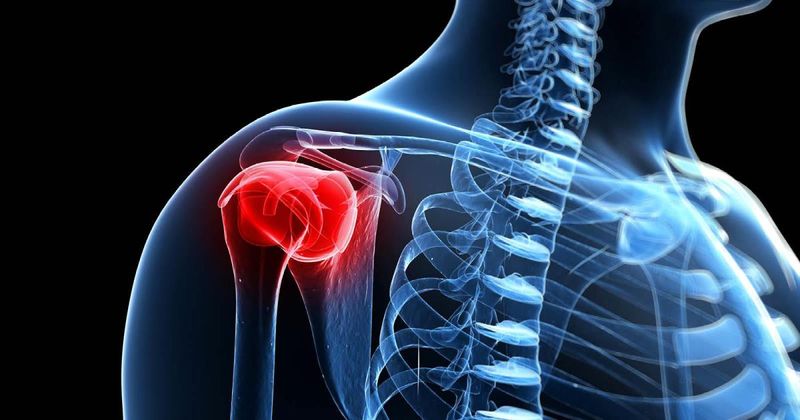Speaker: Patient age has no effect on outcomes of arthroscopic rotator cuff repair
Click Here to Manage Email Alerts
Key takeaways:
- Arthroscopic rotator cuff repair improved patient-reported outcomes at 5-year follow-up.
- This technique can be utilized for patients of all ages with massive rotator cuff tears.
LAS VEGAS — According to presented results, arthroscopic rotator cuff repair yielded significantly improved outcomes for patients of all ages with massive rotator cuff tears.
“Massive [rotator cuff] tears account for approximately 40% of all cuff tears,” Rony-Orijit Dey Hazra, MD, said in his presentation at the American Orthopaedic Society for Sports Medicine Specialty Day during the American Academy of Orthopaedic Surgeons Annual Meeting. “In the literature, there are various definitions of massive cuff tears; however, increased age has been recorded as a negative predictor,” he added.

Image: Adobe Stock
Dey Hazra and colleagues at the Steadman Philippon Research Institute analyzed 5-year outcomes of 61 patients who underwent primary arthroscopic rotator cuff repair for a massive rotator cuff tear from February 2006 to November 2016. Mean age of the patients in the study was 59.5 years, with a range from 39.6 to 73.8 years of age.
Outcome measures were collected a minimum follow-up of 5 years postoperatively and included American Shoulder and Elbow Surgeons (ASES) scores, single assessment numeric evaluation (SANE) scores, QuickDASH scores, SF-12 physical component scores (SF-12 PCS), retears, revisions, complications and patient satisfaction. Researchers also analyzed regression models to assess the impact of patient age on outcomes.
Dey Hazra said mean postoperative outcome scores were “significantly improved” for all patient-reported outcomes (PROs) among the 44 patients who completed final follow-up. According to the study abstract, mean ASES scores improved from 59.4 to 95; mean SANE scores improved from 66.3 to 89.9; mean QuickDASH scores improved from 34.2 to 8.3 and mean SF-12 PCS improved from 41.5 to 51.3. Regression models found no correlation between PROs and patient age.
“We had significantly improved clinical scores, decreased pain [and] increased return to activity for [patients with] massive cuff tears with a median midterm follow-up of 5 years irrespective of patient age,” Dey Hazra concluded.

